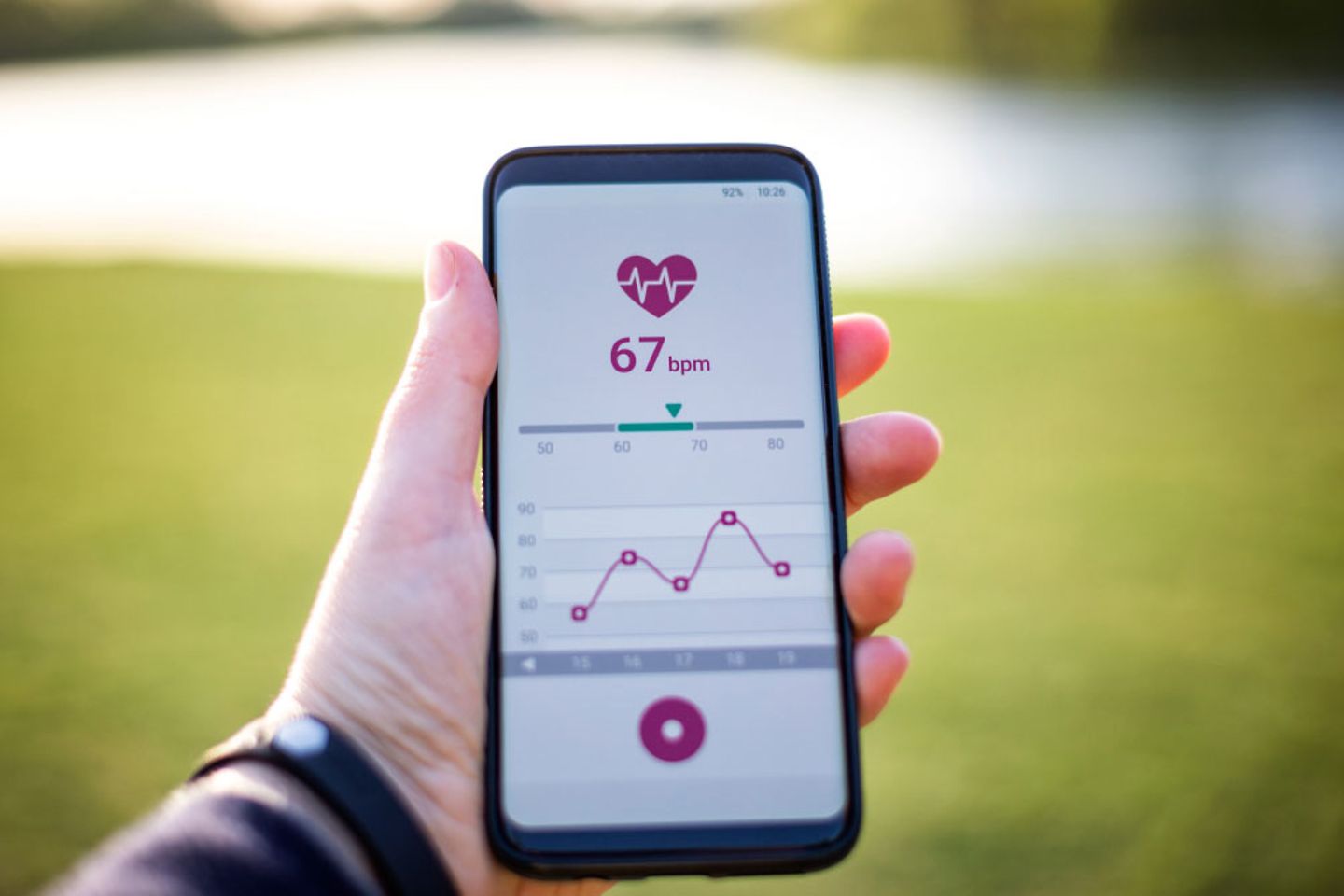
While only around 20 people globally currently have a chip inserted into their brains for medical reasons, this number is set to grow exponentially. These devices are called (BCIs) and are used to send signals to the body. As healthcare continues to utilize AI devices to respond to chronic and lifestyle induced conditions, the market of BCIs is estimated to grow from $1.48 billion to $5.46 billion by 2030.

Technology is radically changing our lives. Unlimited internet, social media and SMART boards at school have become an indispensable part of our daily lives, but what is next?
Many visionaries think that the future of technology is embeddable: inserted in the human body (Kender, 2014). Imagine unlocking doors with a chip in your wrist or searching the internet via an inserted chip in your brain. With the IoT, possibilities are endless. This may sound like science fiction to some people, but others are very enthusiastic and cannot wait for implantable devices to become available.
For only 180 US$, thousands of Swedes inserted a microchip in their hand (Savage, 2018). With this chip they can unlock doors and instantly share their contact details at networking events. Taking these embeddable devices a step further, we can envision a chip in the brain that connects with a bionic arm. This could be an important part of learning to live with a missing limb.
How far will the bionic revolution go? What is the future of healthcare? And how will these embeddable devices affect quality of life in 2050? That’s what we’re about to find out because T-Systems and Gen Z are combining to come up with futuristic solutions. Shaping the future needs to be done with the generation that will lead it: Generation Z. My colleague Noor already told you about the importance of incorporating Gen Z in your organization. I work together with T-Systems to recreate our healthcare system by using implantable IoT devices.
How? T-Systems is giving Gen Z all over the world the opportunity to create change for the better. As a Chief Tomorrow Officer, you are challenged to manage your own project so you can answer your #questionfortomorrow. My question is “How can we improve the quality of our lives using implantable IoT devices?” After completing research and conducting interviews with experts in the field of healthcare and IoT I came to a few conclusions.
Healthcare should not be treating illness, it should be avoiding
illness. IoT can make this possible.
Prado (VP and head of Digital Accelerator at Philips)
First of all, our healthcare system is reactive: treating illness rather than avoiding it (Huawei, 2021). This will become problematic in the future, as health systems will not be able to cope with the chronic and lifestyle induced conditions that keep increasing. To solve this, we need to find ways to make healthcare preventive. How? Let’s start small and narrow healthcare down a bit.
The U.S. National Eye Institute (2019) estimates that the number of people who have the most common eye diseases will double by 2050. To paint the picture: 98 out of 100 people will need to wear glasses as they grow older and there’s a 40% chance that you will get an eye disease such as cataracts. Many researchers (e.g. Amedo et al., 2016 and Lamoureux et al., 2011) have concluded that an eye disease like cataracts decreases the quality of life. But what is meant by quality of life?
According to encyclopedia Britannica, quality of life is the level to which somebody is healthy, comfortable and able to participate in life events. Maldoon et al. (1998) distinguish two aspects of quality of life: objective functioning (doing everyday tasks such as peeling potatoes) and subjective wellbeing (feeling happy, having social connections). There are ways to measure both definitions but, as you might imagine, objective functioning is easier to measure.
The answer to my question? “How can we improve the quality of our lives using implantable IoT devices?” I’m not yet sure of, but Deutsche Telekom is giving me lots of opportunities to find it. One of the most important things to keep in mind is that you have to involve the people that are eventually using the solution in order to develop a useful innovation. Also, it’s important to stay open minded so we can come up with the best solutions. If you told people twenty years ago that they would be always available for everyone because they would carry a phone with them, most of them would say “no thanks”. So, who knows what’s in store for us thirty years from now?